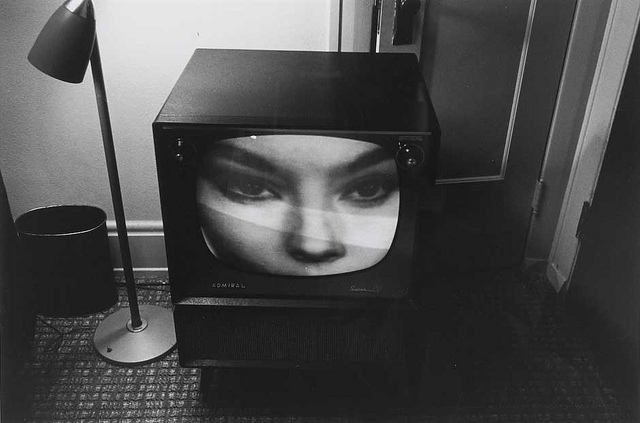By portraying disabled characters according to stereotypes, the media are perpetuating (continuing) out-dated ideas about disability. The media itself is arguably responsible for misconceptions about ability and disability, by regurgitating portrayals of disabled characters that fit stereotypical ideas about disability. Paul Hunt, in his 1991 study states:
Stereotype assumptions about people with impairments are based on superstition, myths and beliefs from earlier less enlightened times. They are inherent to our culture and persist partly because they are constantly reproduced through the communications media; books, films, television, newspapers and advertising.
The stereotypes:
In his 1991 study, Paul Hunt found that there are 10 stereotypes of disabled people, used in the media:- The disabled person as pitiable or pathetic
- An object of curiosity or violence
- Sinister or evil
- The super cripple
- As atmosphere
- Laughable
- His/her own worst enemy
- As a burden
- As Non-sexual
- Being unable to participate in daily life
Shakespeare (1999) presents a potential reason behind the use of one of these stereotypes:
In other words, the disability itself is often used as a hook by writers and film-makers to draw audiences into the story. These one-dimensional stereotypes are often distanced from the audience - where characters are only viewed through their impairment, and not valued as people.
Shakespeare (1999) continues:
"The use of disability as character trait, plot device, or as atmosphere is a lazy short-cut. These representations are not accurate or fair reflections of the actual experience of disabled people. Such stereotypes reinforce negative attitudes towards disabled people, and ignorance about the nature of disability"
In other words, the disability itself is often used as a hook by writers and film-makers to draw audiences into the story. These one-dimensional stereotypes are often distanced from the audience - where characters are only viewed through their impairment, and not valued as people.
Shakespeare (1999) continues:
"Above all, the dominant images [of disabled people] are crude, one-dimensional and simplistic."

